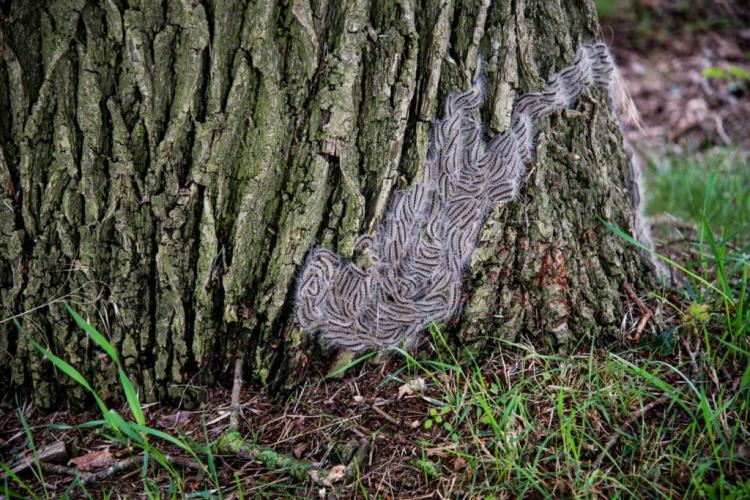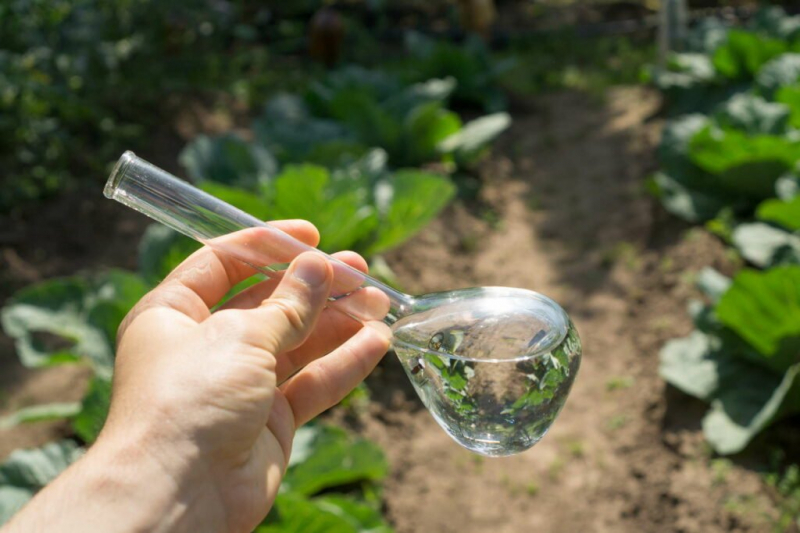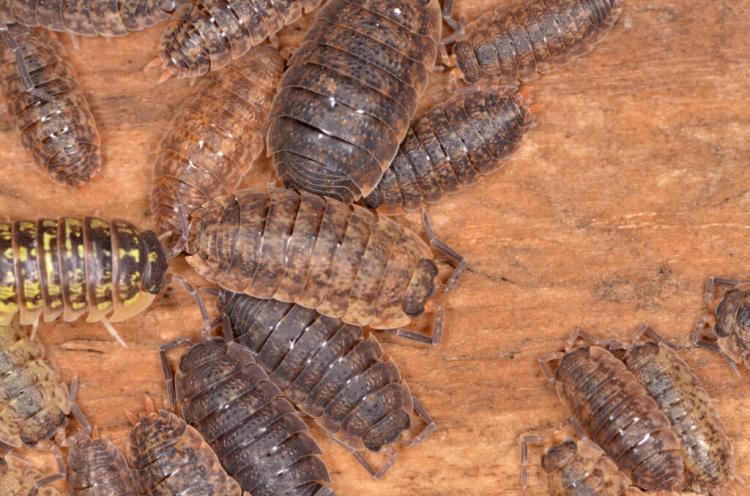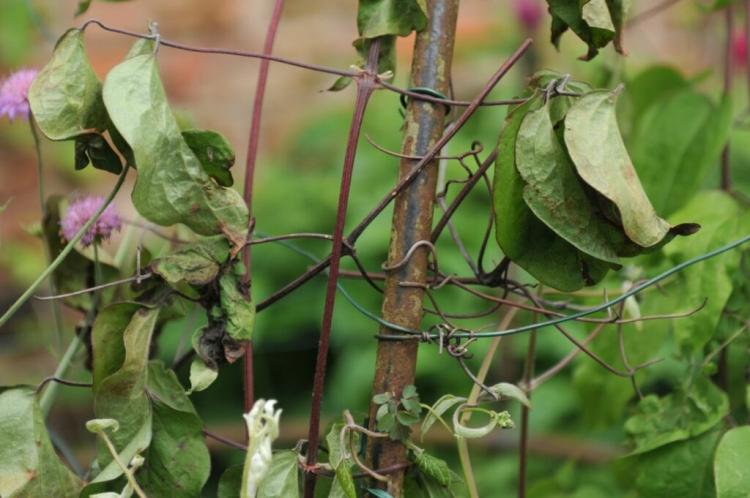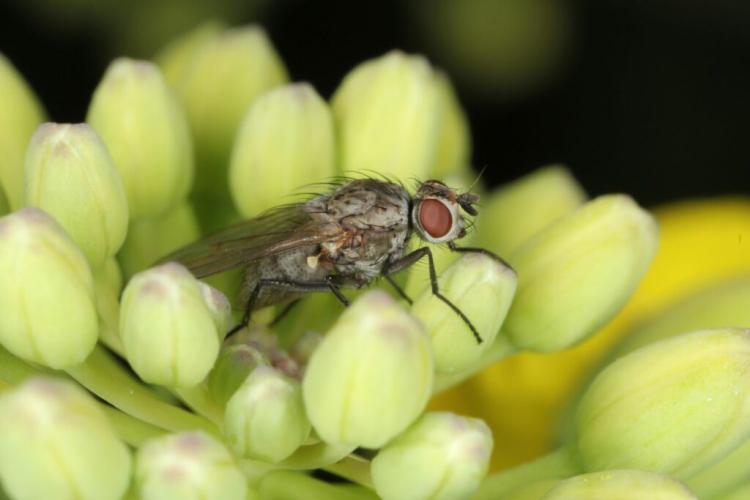Oak Processionary Moth: Avoid Rashes In Humans And Animals
The caterpillar of the oak processionary moth can cause rash, breathing problems, and skin irritation. We explain how you can avoid this.
The oak processionary moth (Thaumetopoea processionea L.) is not only a pest on oaks, it is also considered a hygiene pest. The reason for this is the strong allergic reaction that the hair on the body of the caterpillar can trigger. This not only affects humans, but also dogs, other pets, and wildlife.
Avoid rash from the oak processionary moth
Table of Contents
Below are possible symptoms of oak processionary moth contact and tips on how to avoid them. Then it should be about the endangerment of our four-legged companions. If you want to find out more about fighting the oak processionary moth, you will find it here.
Oak processionary moth: rash and other symptoms
If the stinging hairs of the caterpillars get on unprotected areas of skin, they get caught and can trigger an over-sensitive reaction of the immune system because they contain the nettle poison thaumetopoeid. One then speaks of caterpillar dermatitis or racism. Itching, sores, spots, or hives are possible symptoms. Such skin reactions should be treated as they can last up to two weeks if left untreated.
If stinging hairs get into the airways, they will be irritated, and if there is a previous exposure, it can even lead to shortness of breath. They also cause redness, irritation, and swelling in the eyes. In addition to all these symptoms, “general symptoms” are still possible: dizziness, fever, and tiredness can occur, for example. An allergic shock can only occur in individual cases.
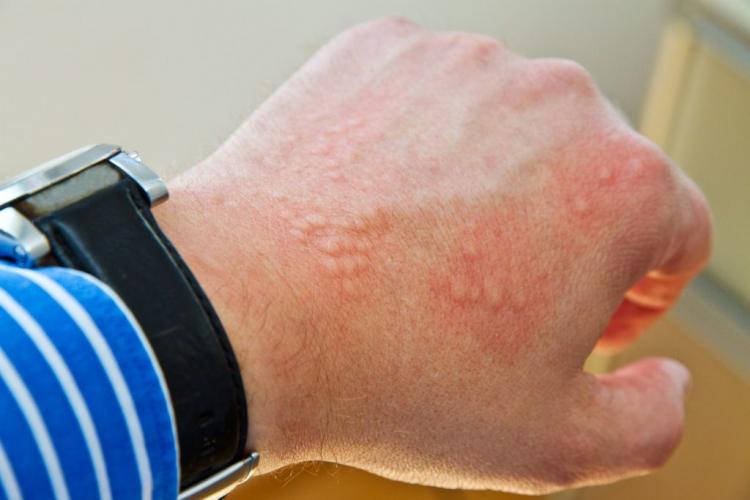
Avoid skin irritation and breathing difficulties from the EPS
The caterpillars of the oak processionary moth represent a healthy and hygienic danger not only from the third larval stage and up to their pupation. On their body and in the web nests there are stinging hairs that are equipped with barbs and can cause severe skin and respiratory irritation. Even years-old web nests can still produce this effect. And because the hair is very light and flies around with the wind, it also accumulates in the nearby undergrowth, where people and animals can come into contact with them. To avoid allergic reactions in connection with the oak processionary moth, you should heed the following recommendations for action.
You might so like: Boxwood Moth: How To Identify It Safely
How can allergic reactions from the oak processionary moth be avoided?
- Read this article on how to control and remove the oak processionary moth to be fully informed about the appearance and evolution of the spinner.
- The risk group for contact with stinging hair includes, for example, forest workers, road builders and arborists, landscape maintenance companies, and pest control companies. These should keep their eyes open especially when they are near oak trees.
- Infestation can also occur on individual trees in residential areas such as parks, sports fields, and playgrounds, on hiking trails, or school playgrounds, which could then endanger many passers-by.
- If you discover a nest, report it to the responsible regulatory or green space office so that your fellow citizens can be warned or control measures can be initiated.
- If the nest is on your private property, you should avoid it or hire a pest control company.
- Avoid populated nests of oak processionary moths as much as possible and do not try to remove caterpillars and webs yourself.
- Felling or burning infected plants causes the stinging hairs to spread with the wind, which should be avoided.
- If you have to be near populated nests, wear long clothing and gloves so that as much skin is covered as possible.
- Do not touch the caterpillars and webs.
- Wash your clothes at 60 ° C and give yourself a thorough shower if you are in the vicinity of a nest.
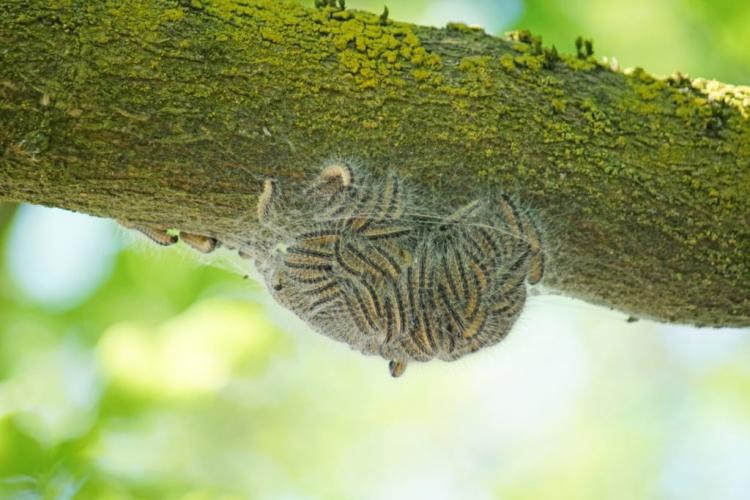
Is Oak processionary moth dangerous for dogs and other pets?
Now all pet owners should take notice! The stinging hairs of the oak processionary moth are also dangerous for dogs and other pets. Although the skin of the animals is largely protected by the fur, the caterpillars of the oak processionary moth are sniffed or eaten out of curiosity or the animals roam through contaminated undergrowth on walks.
This can lead to severe inflammation in the nose and mouth area of the four-legged friend. If your pet is showing symptoms and has been around oak trees, you can share your suspicions with the veterinarian to encourage proper treatment. You should also carefully check whether there is a living nest where your four-legged friend was harmed. You should then report this if possible to prevent further damage from other walkers, pets, free-range cats, and also wild animals.
You can find out how to get rid of the oak processionary moth in an emergency here.
